Cartoon Caricature
- caricature /
- Cartoon Caricature
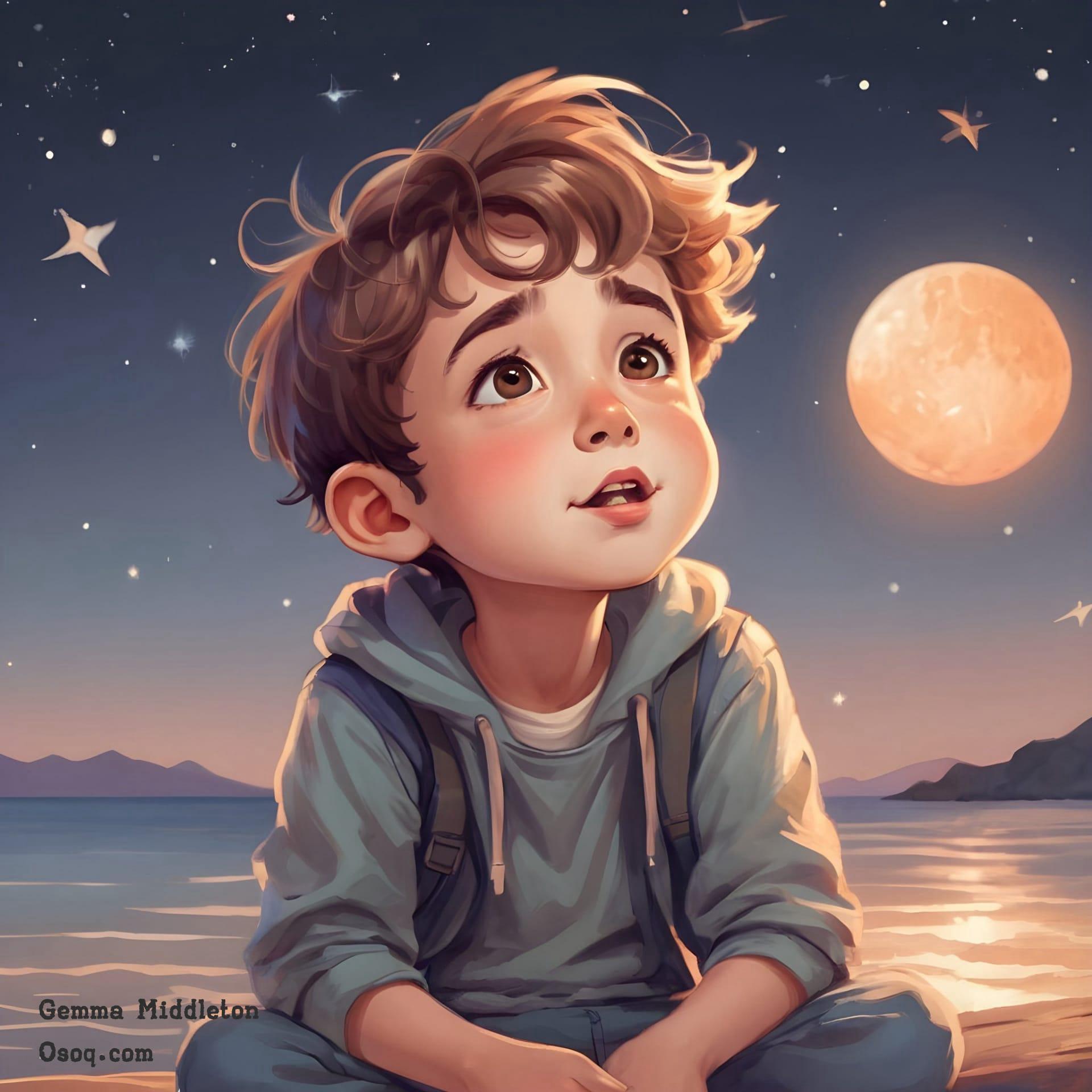
Caricatures often exaggerate certain facial features to highlight unique aspects of the subject's personality or identity. This technique helps the viewer immediately recognize the individual being depicted.
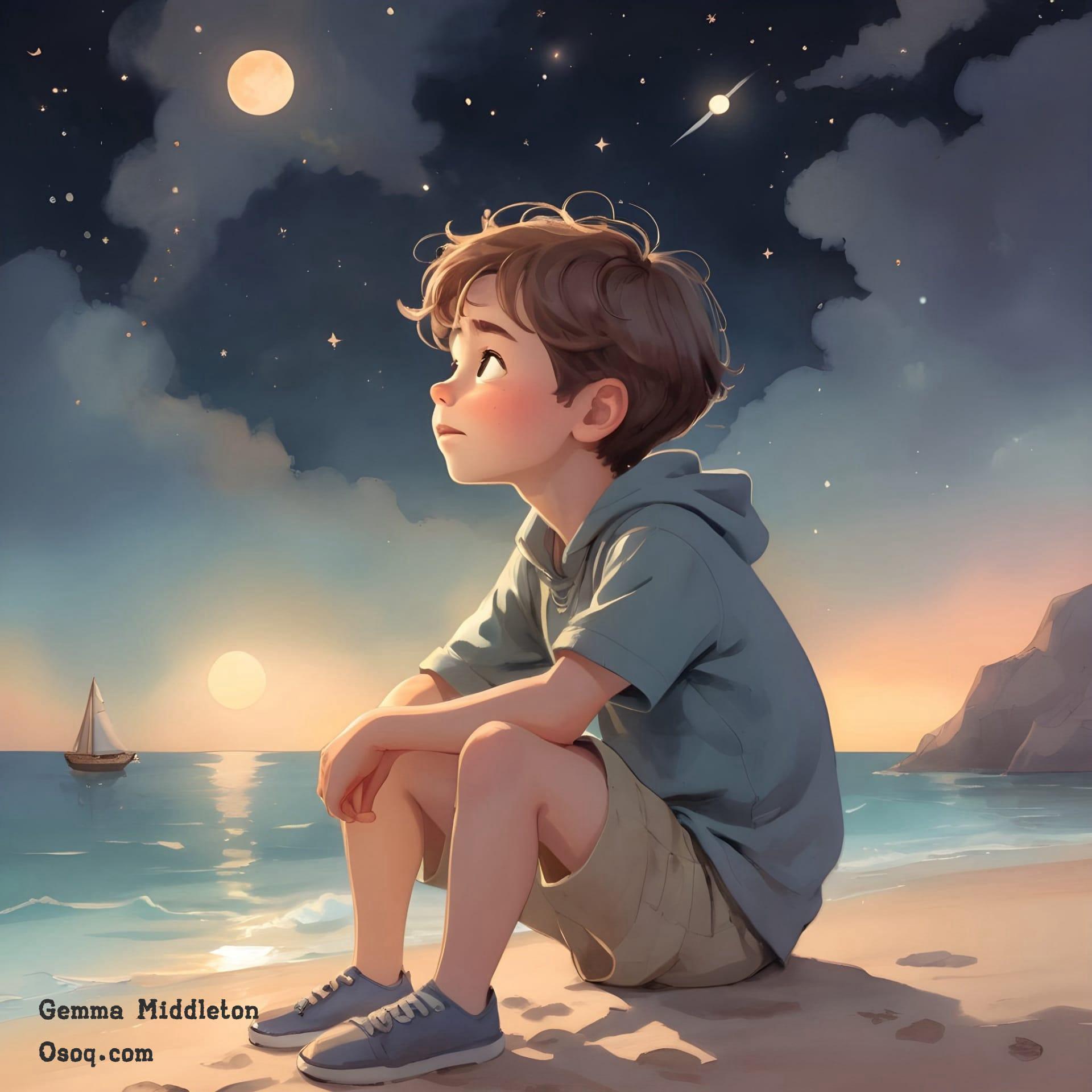
The history of cartoon caricature dates back to the 16th century, originally used in political commentary and public satire in newspapers and periodicals to convey messages more potently.
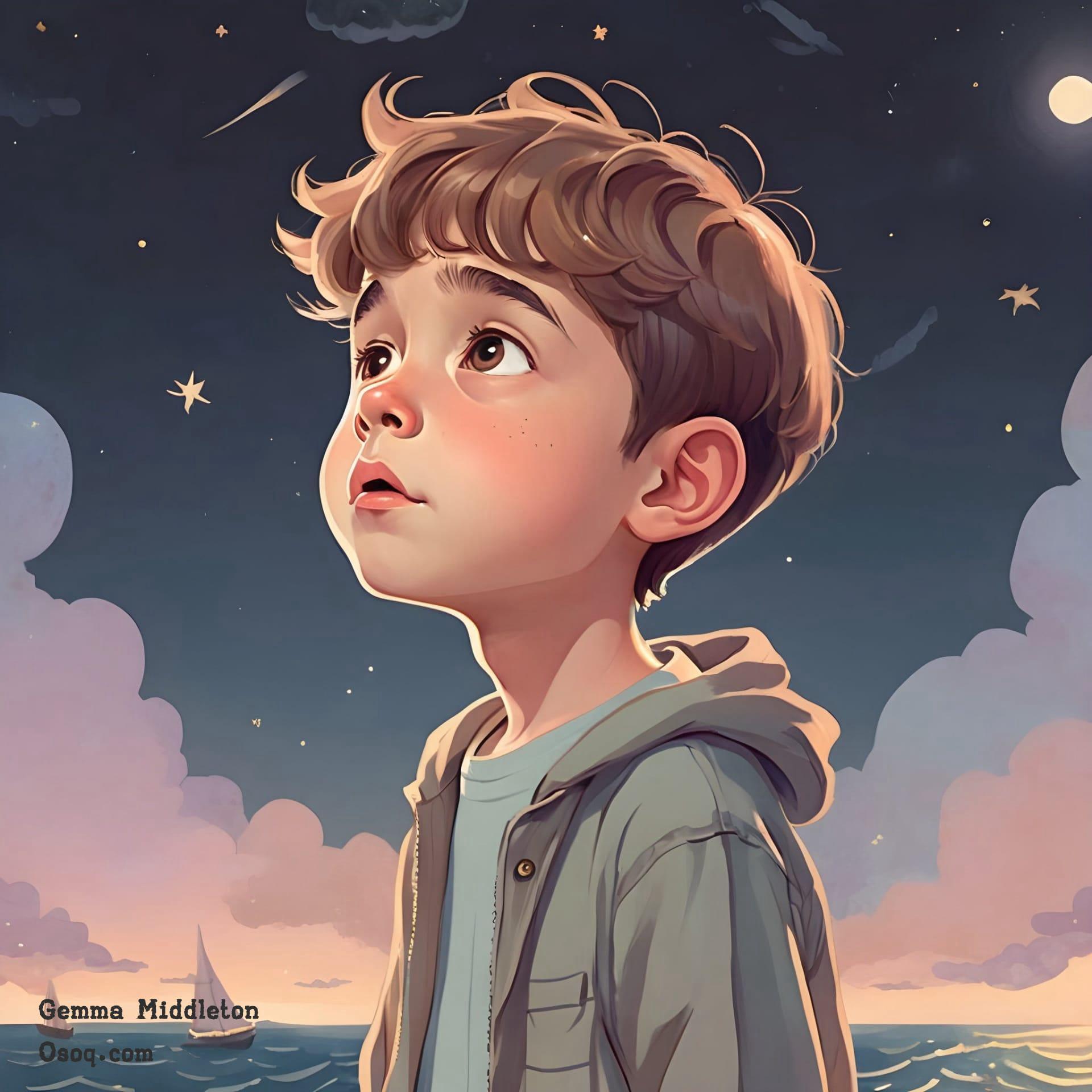
In caricature drawing, the eyes are typically the most emphasized feature, often oversized to express emotions more vividly or to capture the essence of the subject's character.
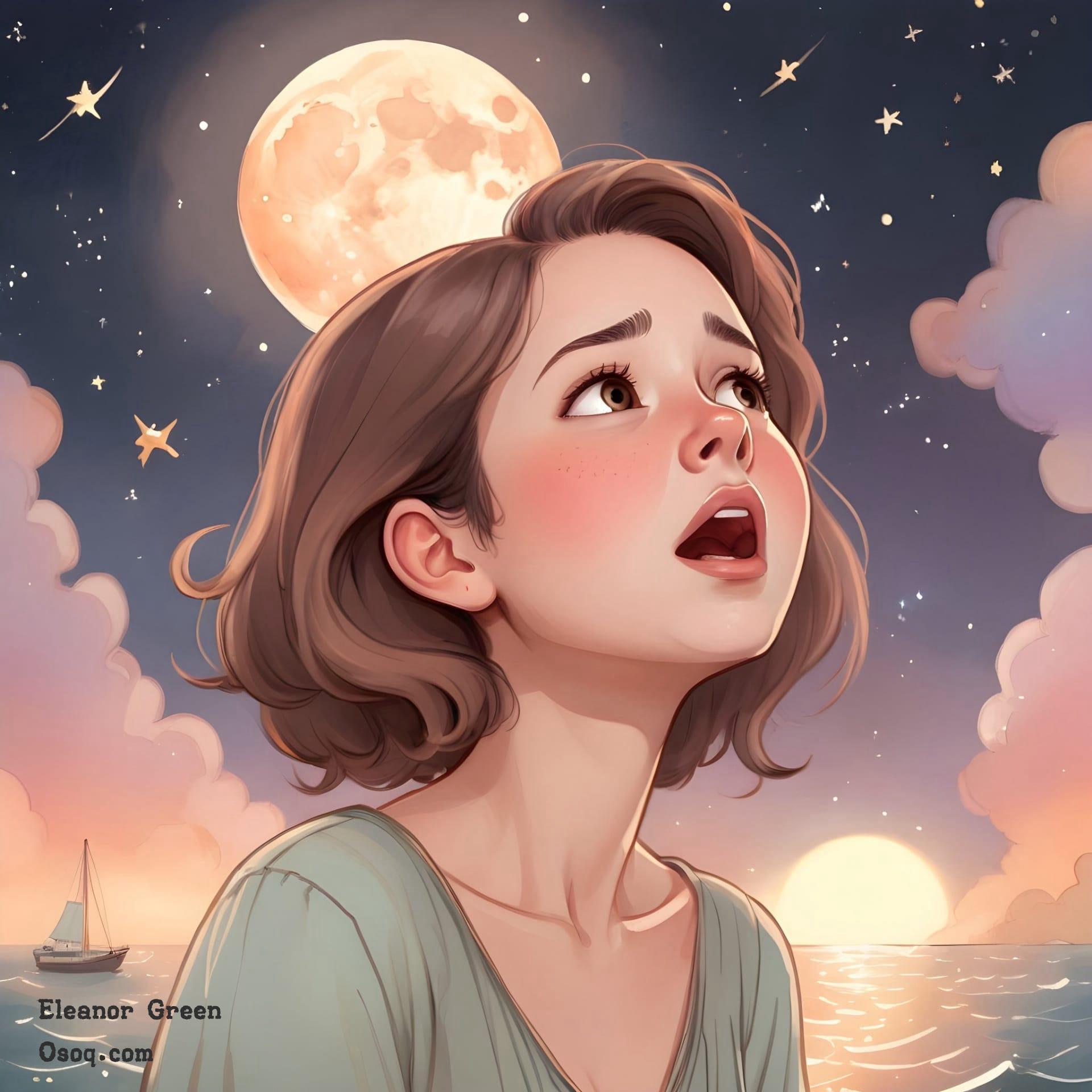
Modern cartoon caricature isn't limited to just paper; artists now use digital tools and tablets, which allow for undoing mistakes and experimenting with colors and styles more freely.
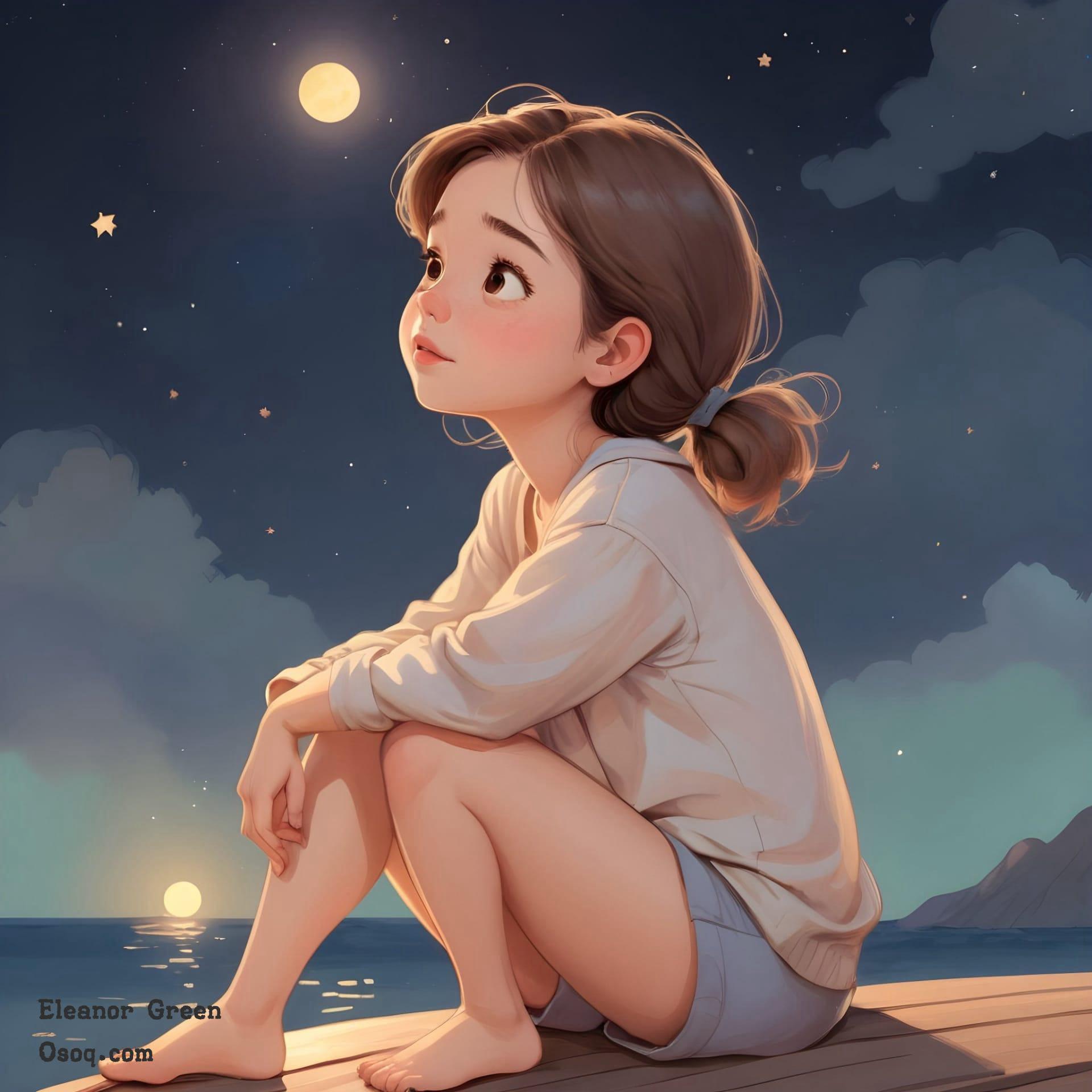
Caricatures can serve as a humorous way to critique societal norms and politics, offering a light-hearted approach to serious subjects, which can make them more approachable to a wider audience.
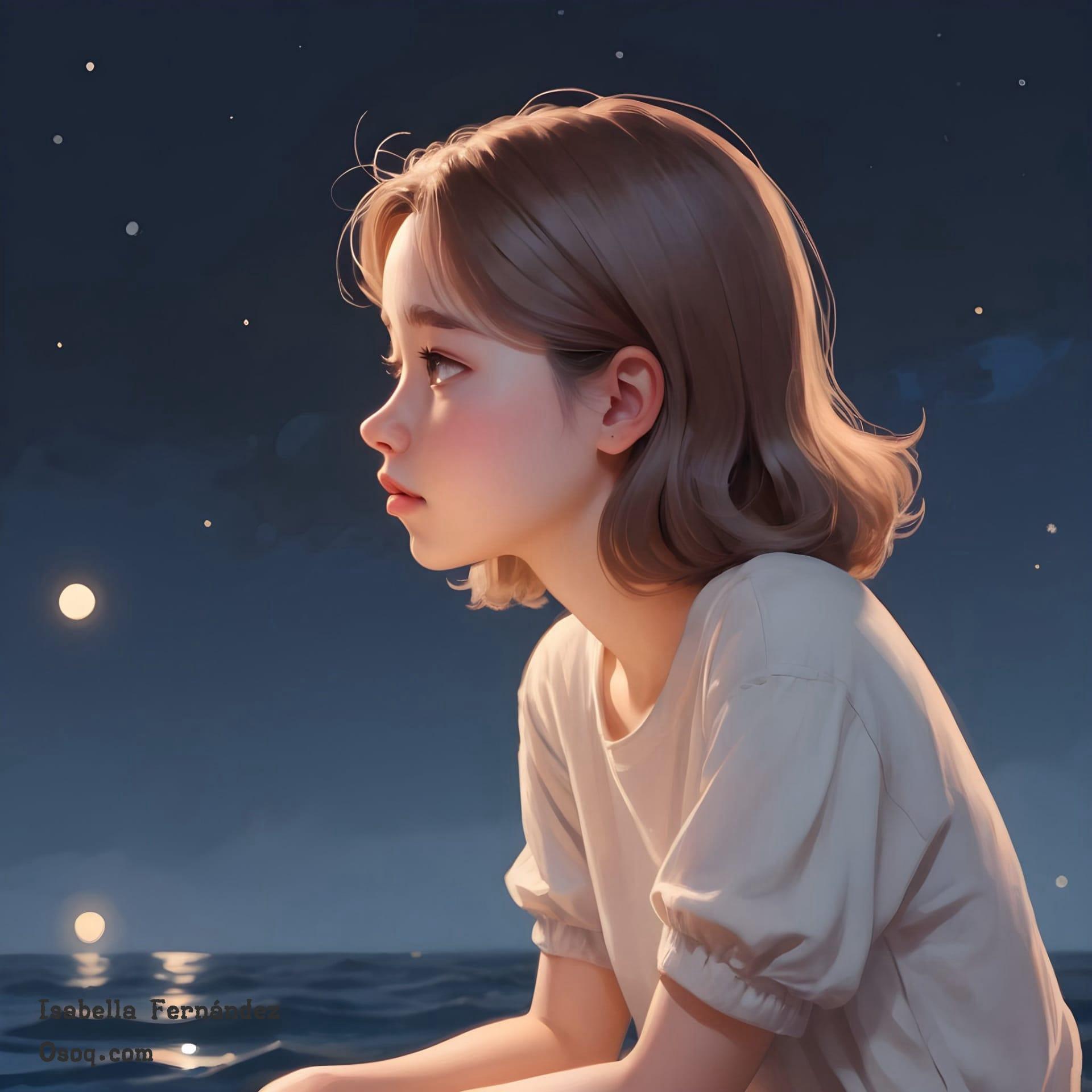
One common technique in caricature art is the use of minimal lines to suggest rather than fully detail features, which can often convey more with less and adds a stylistic flair to the artwork.
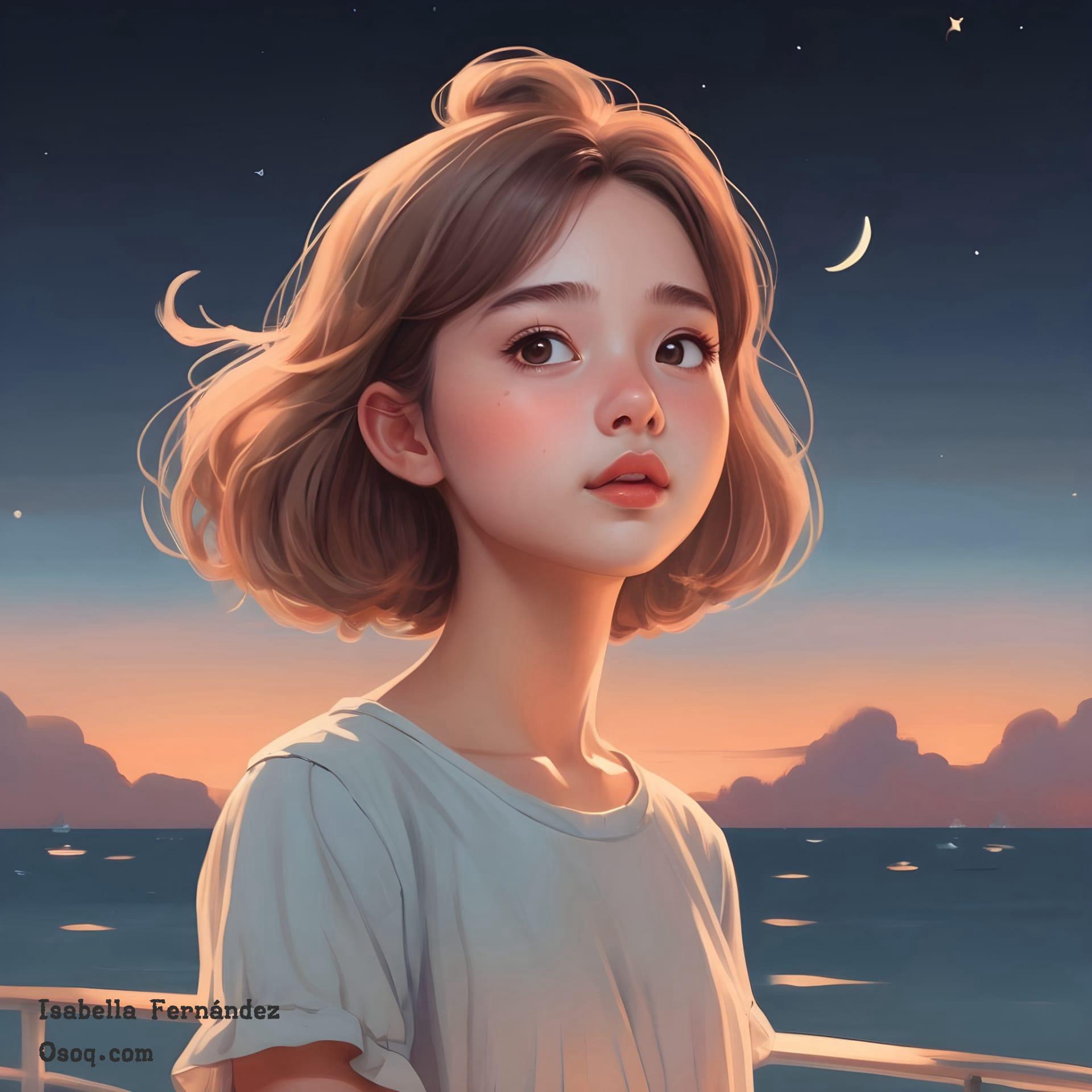
Color in caricatures isn't just for aesthetic appeal; artists use it strategically to evoke certain feelings or highlight particular traits, using vibrant colors to draw attention to key elements.
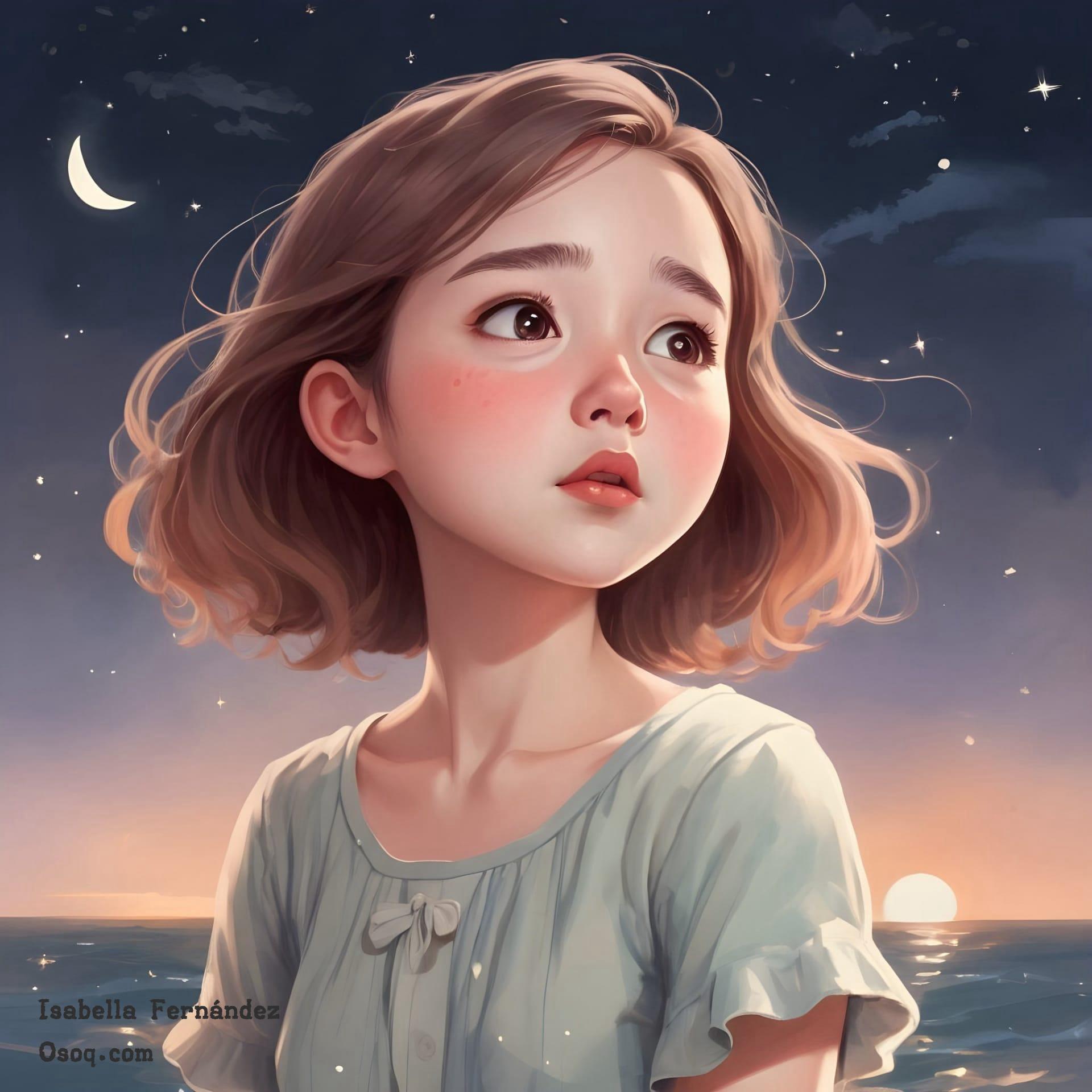
The exaggeration in a cartoon caricature isn't random but is typically well thought out to enhance the likeness or to make a pointed observation about the subject.

Professional caricaturists often start with a rough sketch that captures the basic outline and then refine the details and exaggerations as they develop the drawing.

Famous figures and celebrities are common subjects for caricatures, as their well-known features are easily recognizable and can be humorously exaggerated to a notable effect.
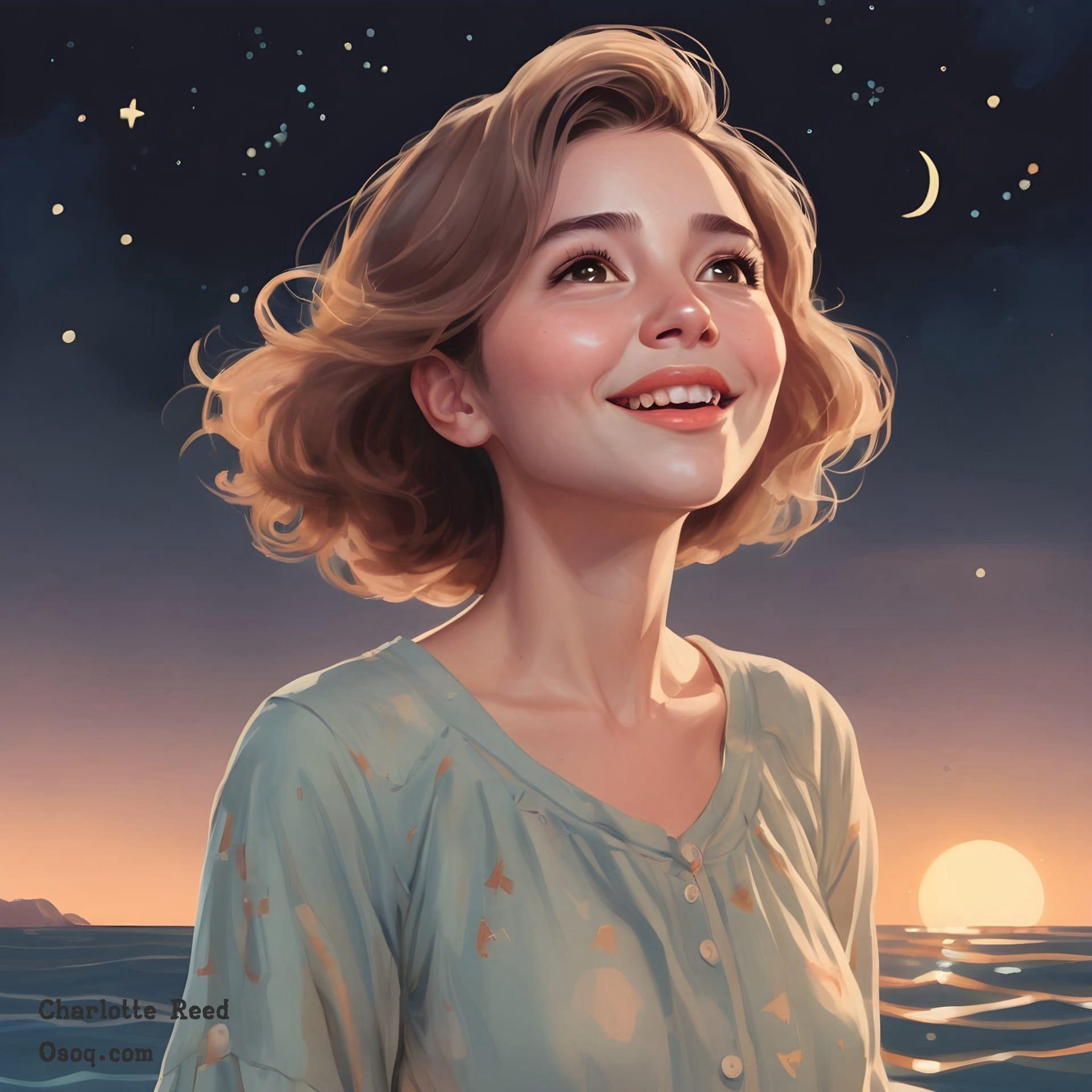
Caricature festivals and competitions are held worldwide, where artists gather to showcase their skills and creativity in capturing the likenesses of people from all walks of life.
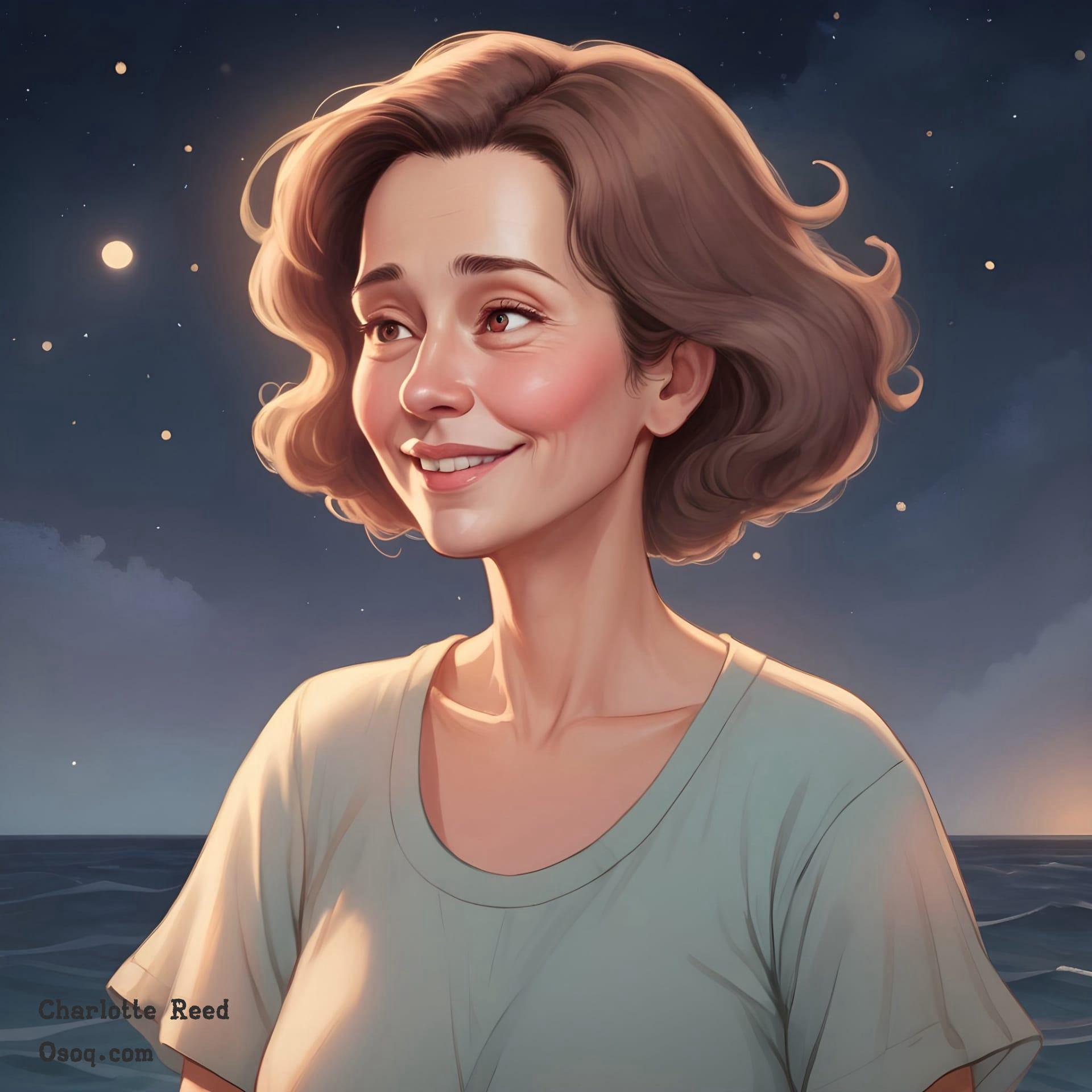
Speed is often an asset in caricature drawing, especially at live events where artists perform quick sketches of people within a few minutes, providing instant entertainment.
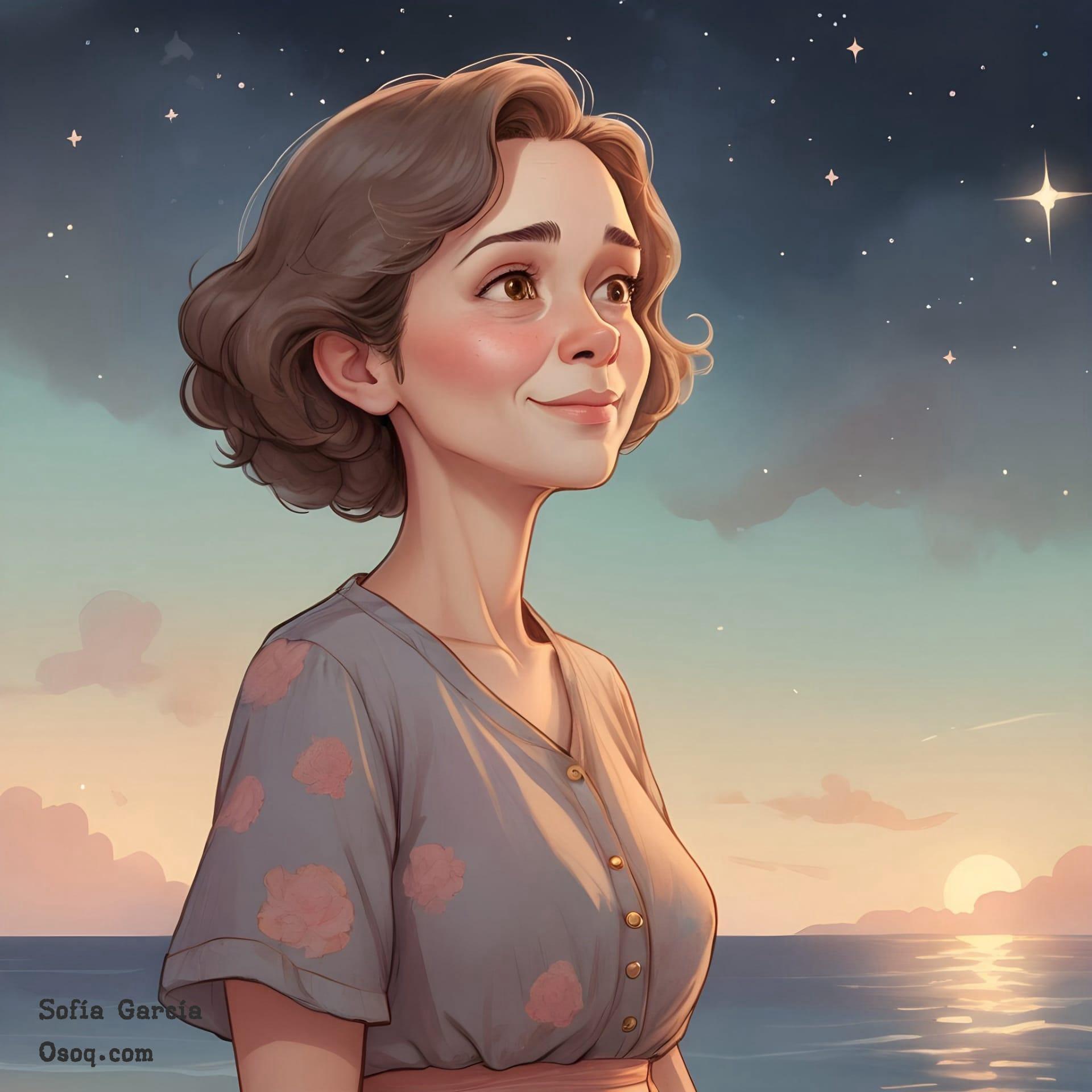
In educational contexts, caricatures can be used to help remember historical figures or concepts by associating exaggerated features with their notable achievements or characteristics.
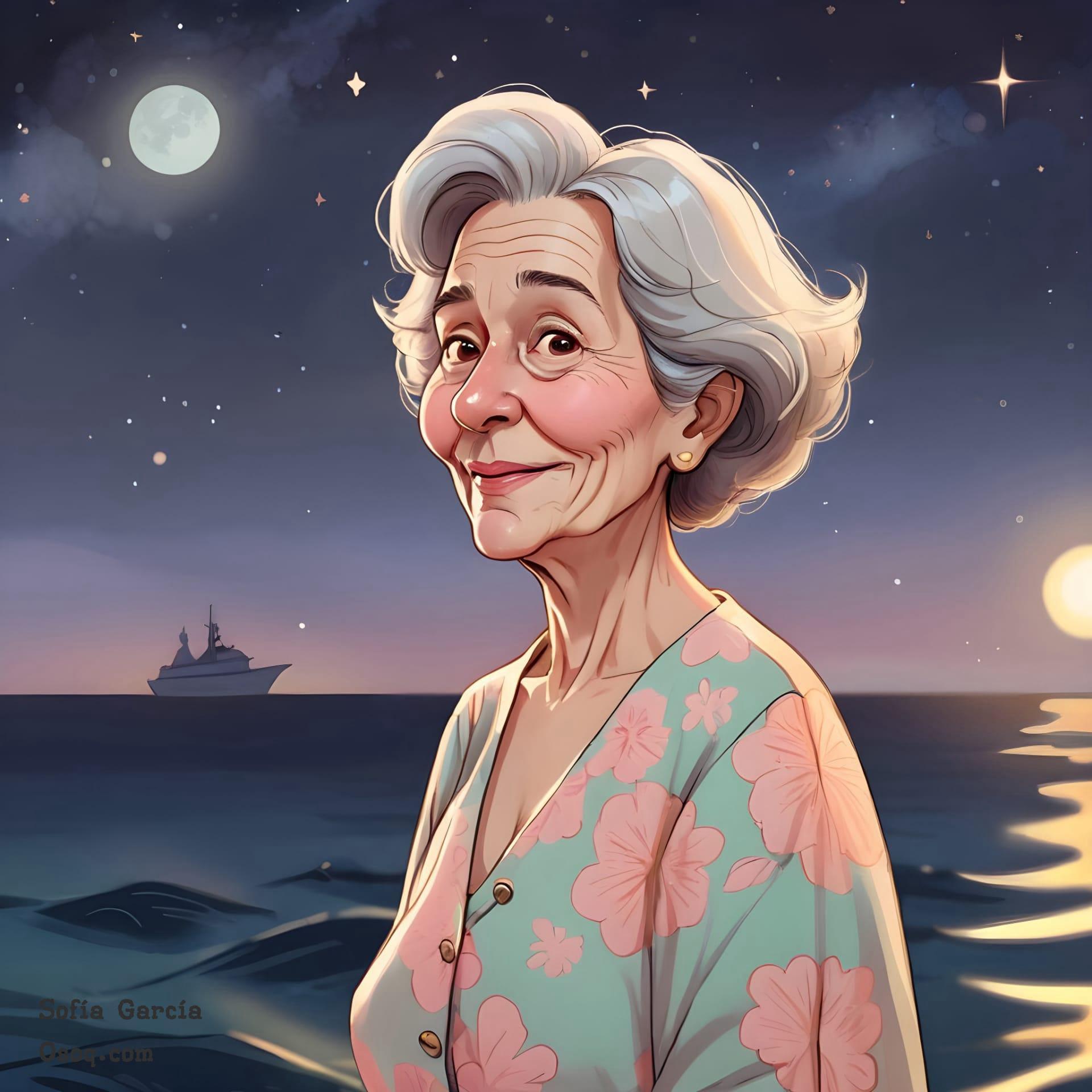
The choice of medium can greatly affect the style of a caricature, with some artists preferring ink and watercolor for their fluidity and ability to blend, while others might choose pastels for their rich texture.
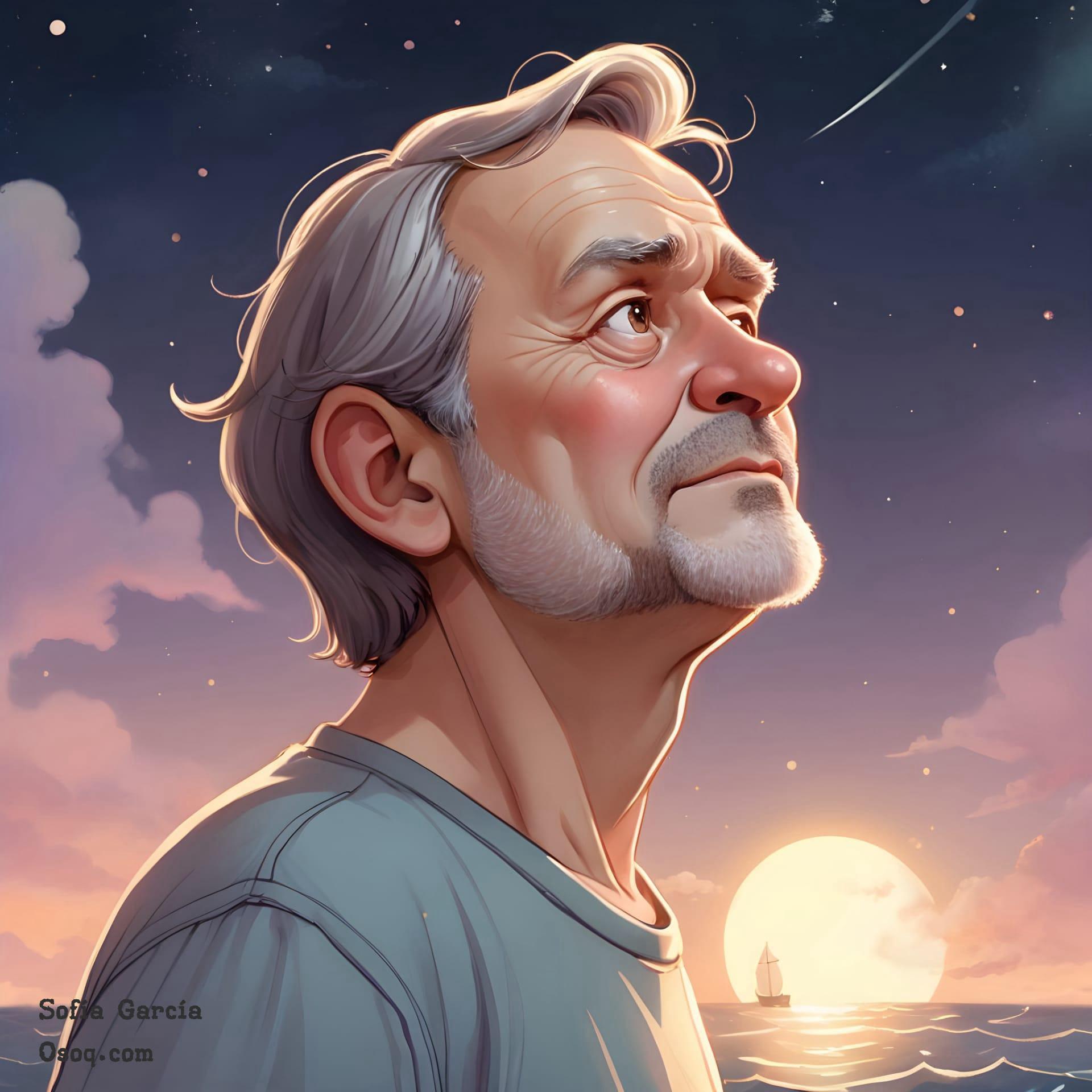
While caricature is often humorous, it's a form of art that requires understanding of human anatomy and skilled technique to distort it effectively while maintaining recognizability.
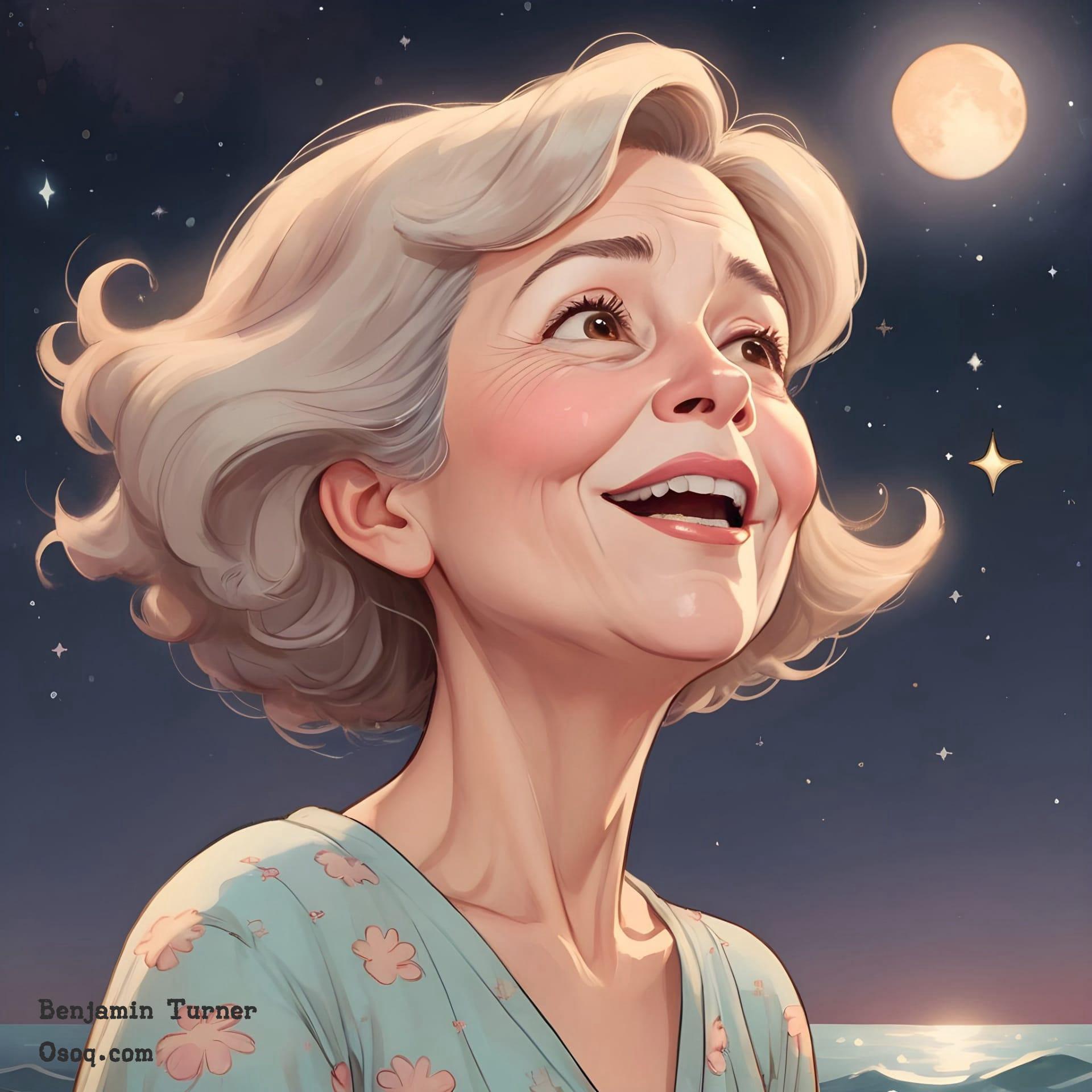
Social media has allowed caricature artists to reach a global audience, sharing their works online and receiving instant feedback, which can influence their artistic decisions.
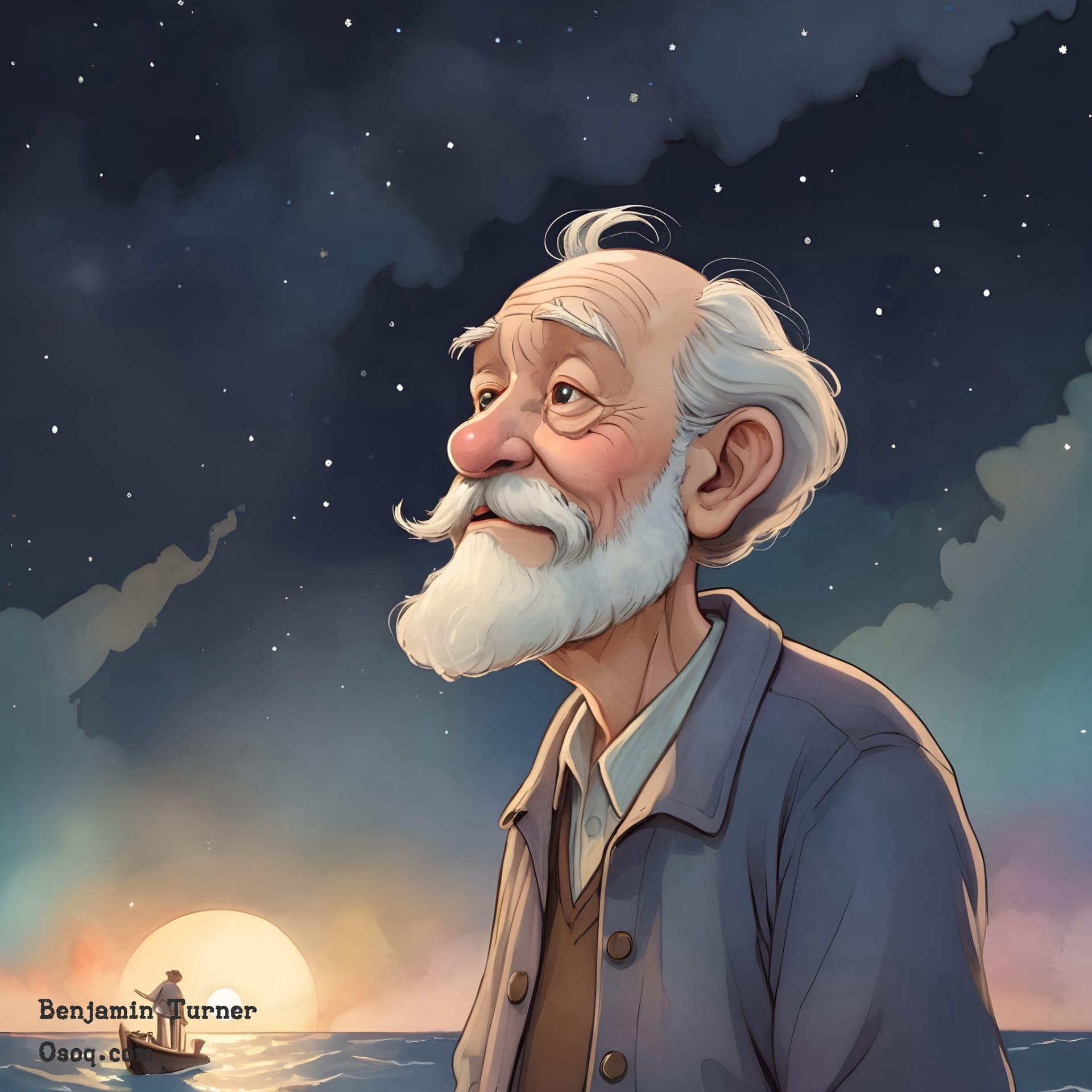
Cultural aspects can also play a significant role in how caricatures are perceived, with different societies having varying tolerance for how much exaggeration is considered respectful or humorous.
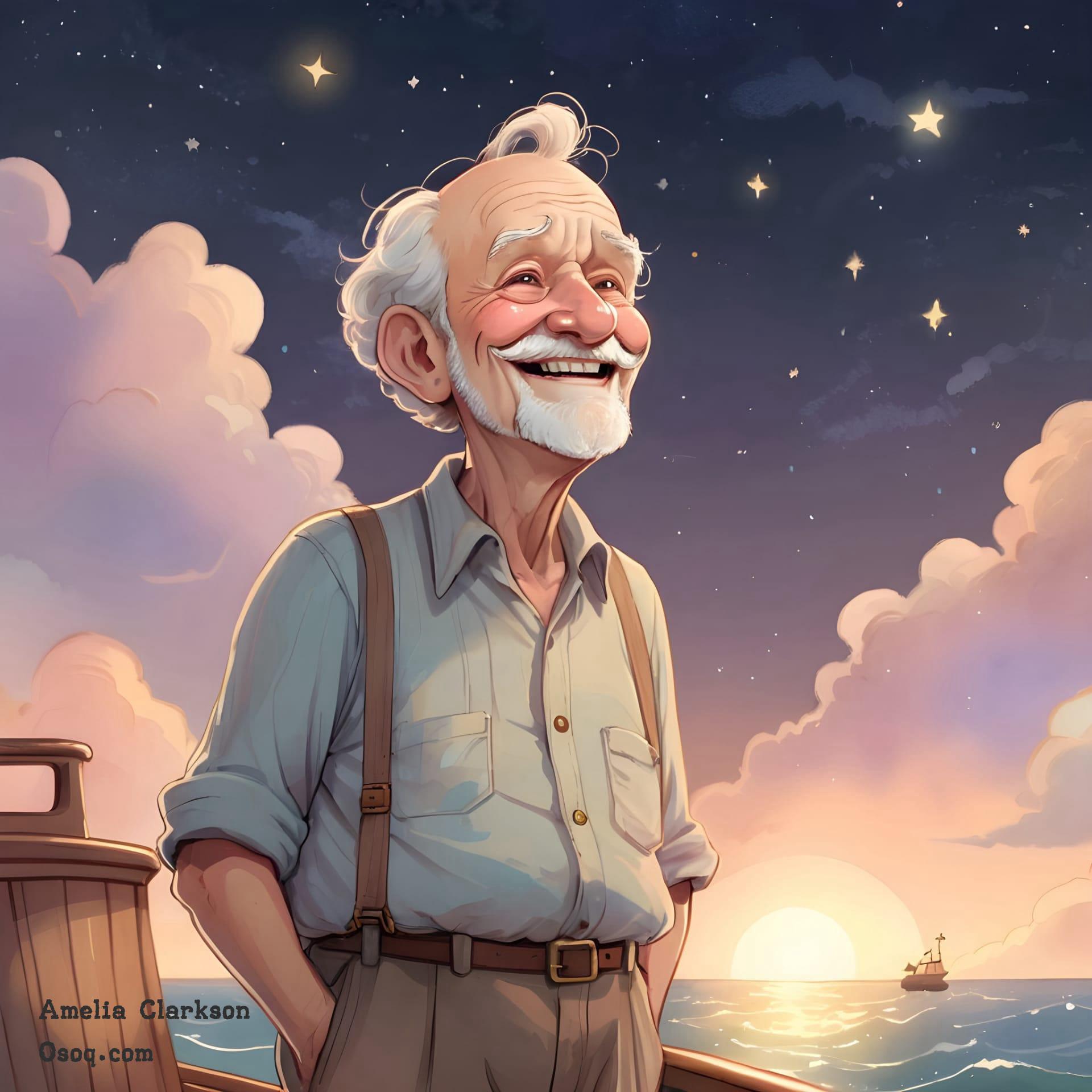
Advanced caricature artists can capture not only the physical traits but also the mood and personality of the subject, making the artwork tell a story beyond just visual mimicry.
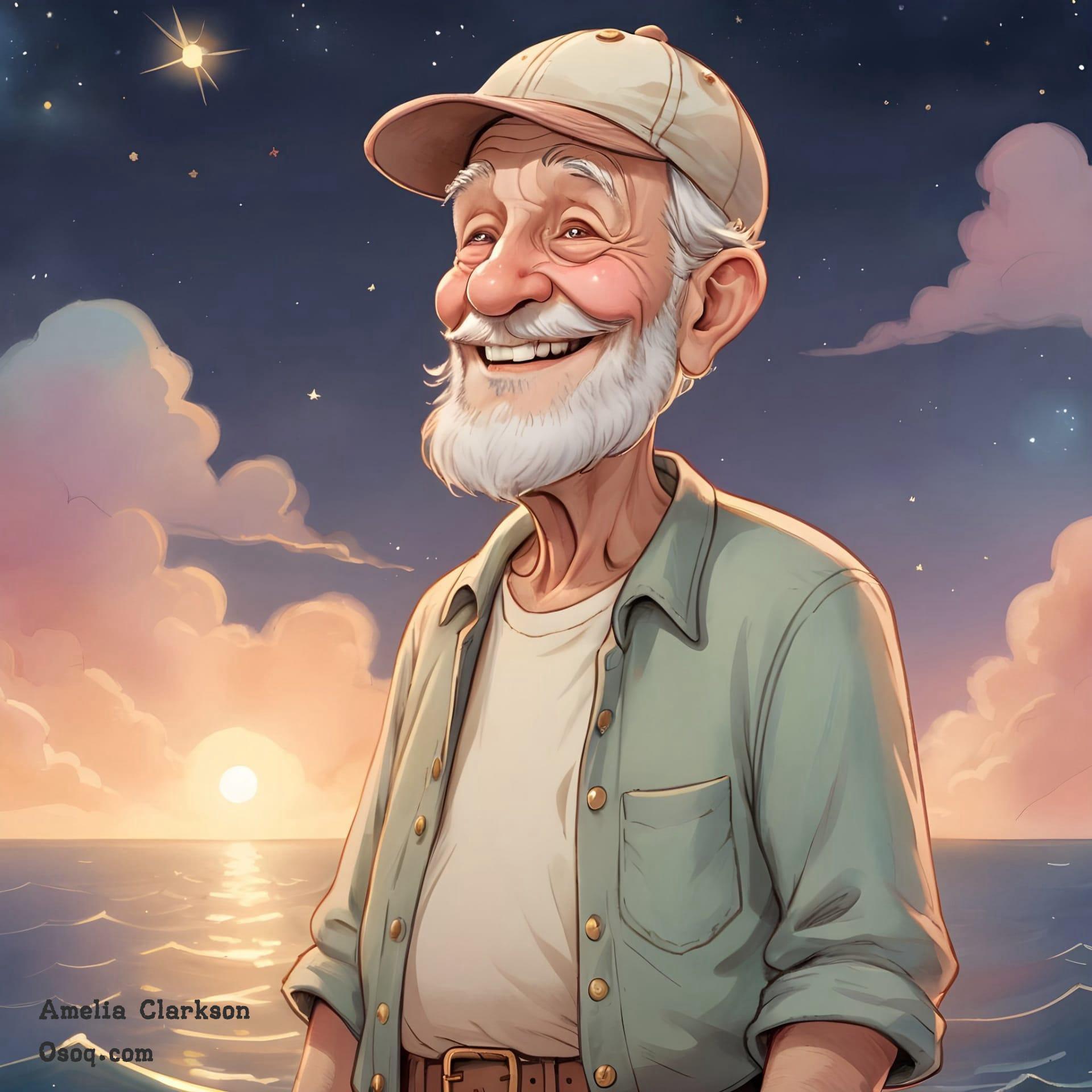
Caricature art is not just limited to people; artists also creatively depict animals, objects, or even abstract concepts in a caricature style to add humor and critique.
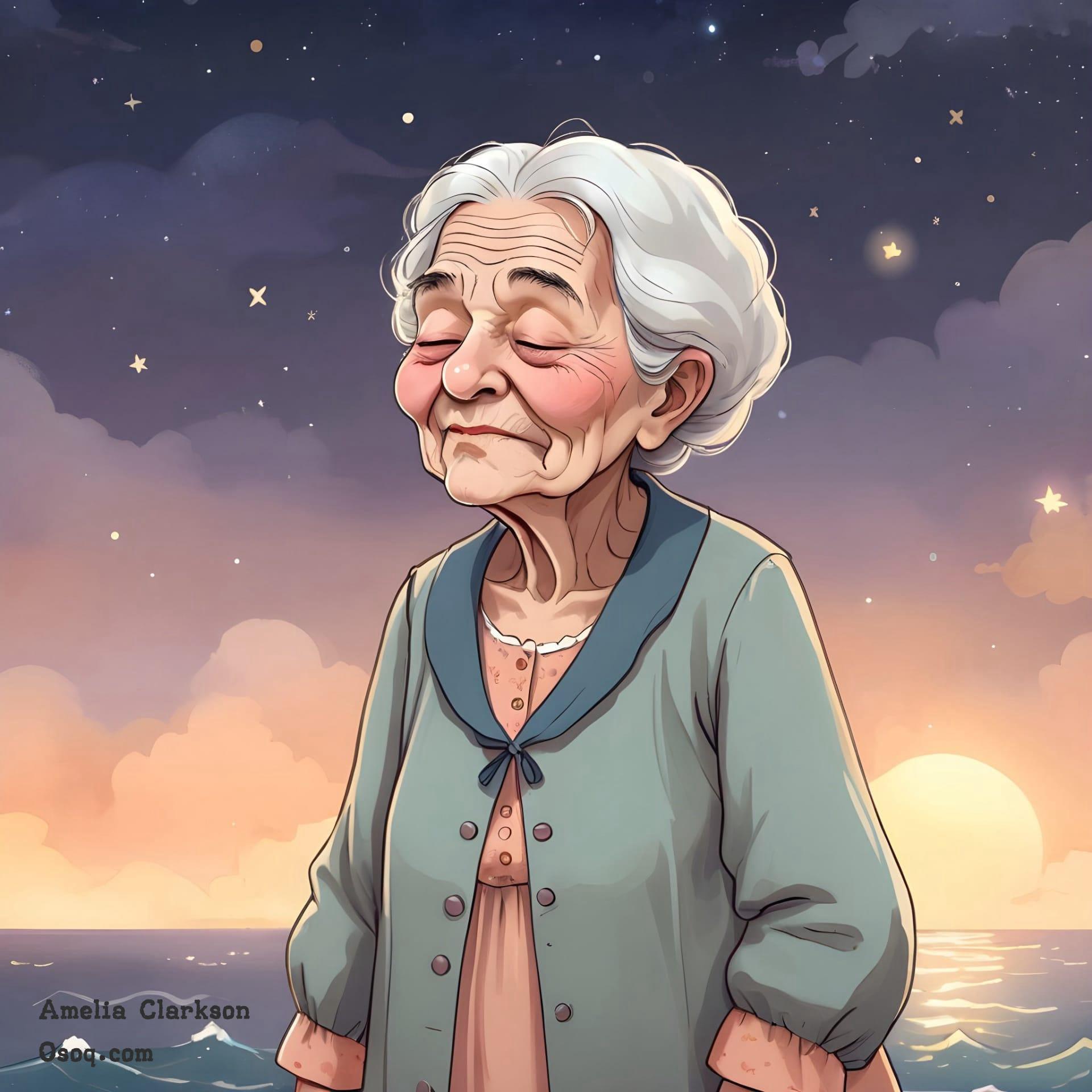
Seasoned artists often advise beginners to practice by constantly observing and sketching faces, noting that each person has distinctive features that can be playfully amplified in a caricature.